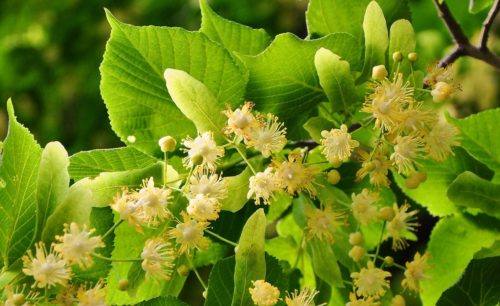Lime tree; there are small-leaved and large-leaved lime trees.
Also known as:
Linden (European species)
Basswood (American species)
You are viewing the mobile-adapted version of the page.
The one for tablets, laptop and desktop also provides general information, such as origin, toxicity and cultivation.
Lime tree – (Tilia); there are small-leaved (Small-leaved lime – Tilia cordata) and large-leaved limes (Large Leaf Lime trees, Tilia platyphyllos). The lime tree is native to the northern hemisphere.
Linden belong to the deciduous trees, the mature trees grow to a height of 20 to 30 meters and can grow very old. The Queen Elizabeth Tree at Burghley House (UK), is a lime tree with ancient origins.
The lime tree tolerates pruning well; therefore, it is often used as an espalier tree. When pruning linen it is important that when pruning branches the trunk and main branches are not exposed to direct sunlight to avoid burning the thin bark (sunburn).
Bugs
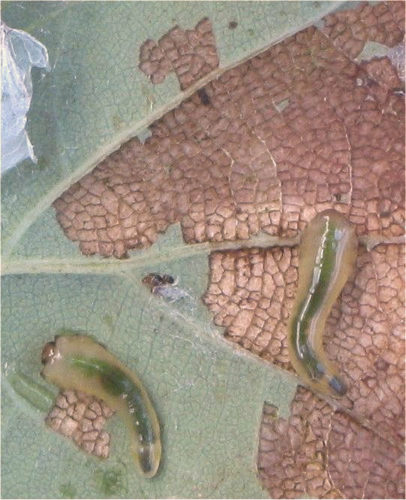
About 1 cm small, dark-tinged, slimy slugs eat the mesophyll between the veins of the leaves. As a result, the remaining mesophyll turns brown and the leaves may fall off: slug-like caterpillar lookalike (larvae of the Oak Slug Sawfly – Caliroa annulipes).
Ap
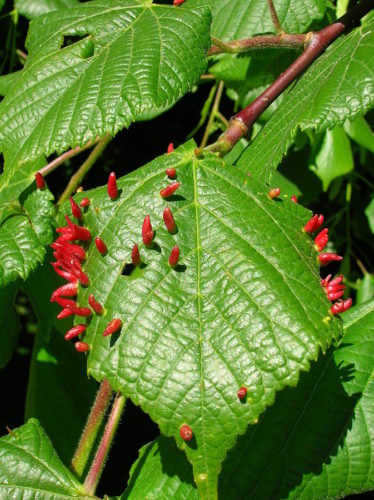
Small (+ 5mm), elongated yellow-green – later red – cones (galls) on the leaves. The galls contain tiny mites: Linden gall mite (Eriophyyes tiliae). Many galls on a single leaf can lead to leaf deformation.
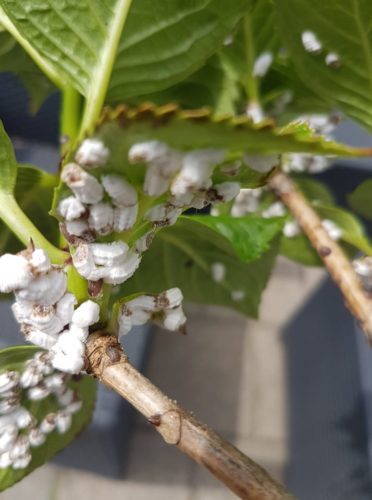
White woolly waxy fluff with wax threads: Hydrangea Scale (Pulvinaria hydrangeae). The lint is in fact the egg sac of the insect.
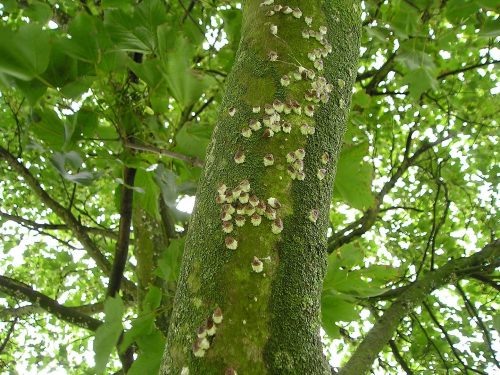
Brownish aph
Fungi & diseases
In a wet spring, small black spots may appear on the trunk. The spots are slightly deepened: bark and le
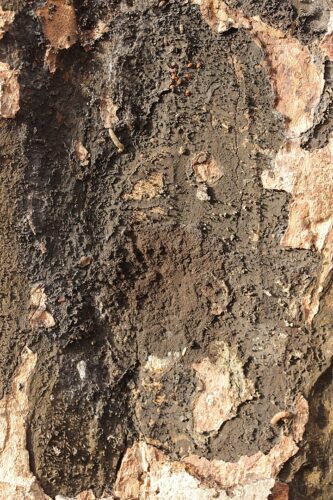
Dark brown to black spots on the bark, early leaf fall and dried branches in the crown: sooty bark disease (Cryptostroma corticale).
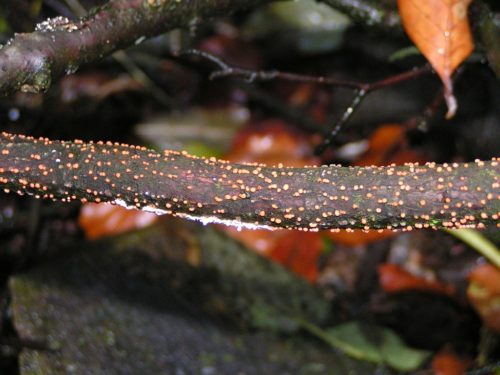
Small, orange-red raised spots appear on affected branches, which can be either dead or living branches: Coral spot (Nectria cinnabarina).
Other
Lime trees have lots of young shoots at the base of the trunk. Prune away regularly.
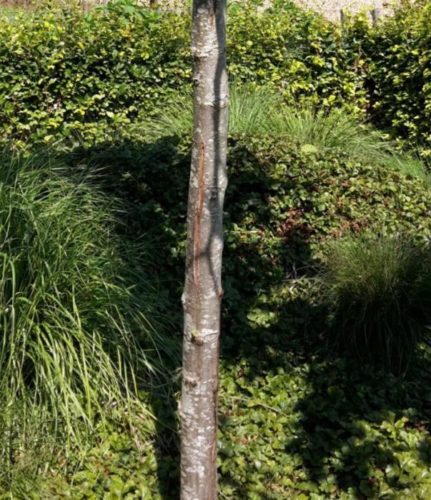
Vertical cracks in the bark of the trunk: Bark cracks.
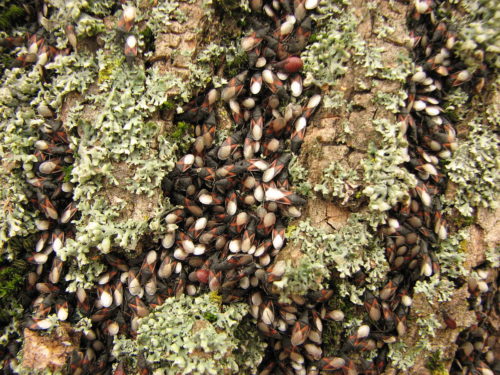
A colony of Lime seed bugs hibernates on the trunk; they do no harm.
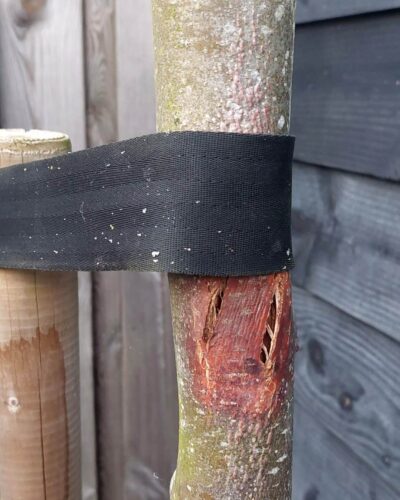
Lime trees generally need a support after planting: one tree stake is usually not sufficient. The trunk has too little grip on one tree stake and starts to rub within the tree tie. Two tree stakes with the tree in between anchor the tree better and prevent chafing damage. Clean the wound and apply wound paste; healing takes a long time (+ a year).

